Bonsai trees are like small, living sculptures. They start small and grow slowly over time.
You might think, How long does it take for a bonsai tree to grow? It’s a good question. Growing a bonsai tree is similar to watching a plant become a work of art. It takes time, care, and a bit of know-how. You don’t need to be a gardening expert to enjoy the process.
Understanding the timeline of a bonsai’s growth is important. It helps you know what to expect and how to care for your tree along the way. So, if you’re curious about bonsai trees and how they grow, this is where you should be.
Let’s begin on the steps together and determine how long bonsai trees grow.
Growing Time for Bonsai Trees
Growing sequoia bonsai trees is a patient result. It’s similar to nurturing a work of living art. On average, the change from a small sapling to a well-formed bonsai can take anywhere from five to ten years. This duration might seem extensive, but it’s an essential aspect of the bonsai experience.
The process of growth and development mirrors the slow, intentional pace of nature itself. As the bonsai tree progresses through its stages, it undergoes subtle but important changes.
What’s a Bonsai Tree?
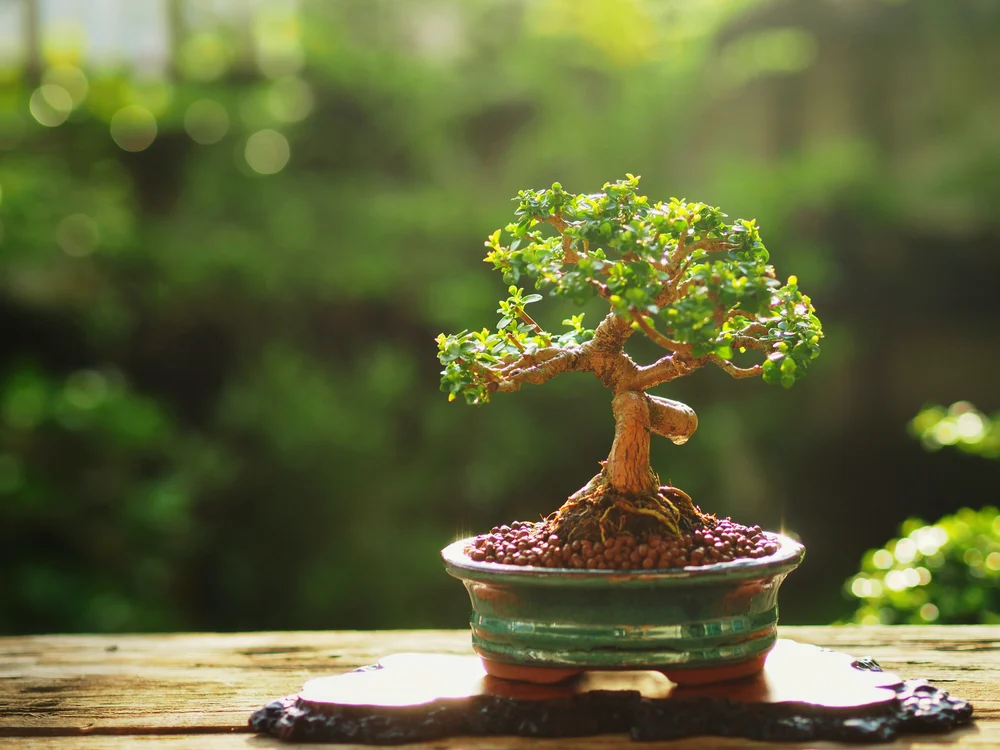
A bonsai tree is a living expression of artistry and nature combined. It’s a miniature replica of a full-sized tree, perfectly sculpted to convey a vibe of balance.
Originating from ancient Chinese and Japanese traditions, bonsai is an art form that shows the beauty of the natural world in a confined, miniature space. The process of crafting a bonsai begins with selecting a suitable tree species.
Types of Bonsai Trees
Bonsai trees consist of a diverse collection of species, each with its unique characteristics. One popular variety is the Juniper bonsai. Known for its look, it comes in various climates and is characterized by its hardy nature.
Another favored choice is the Ficus bonsai, distinguished by its glossy, bright leaves. This species grows in warmer conditions and adds a lively touch to any bonsai collection. The Chinese Elm bonsai is renowned for its petite, leathery leaves.
Cultivating Bonsai Trees
Cultivating a bonsai tree is a patient art form. It requires a deep understanding of horticulture and a keen eye for detail. The process begins with selecting the right type of tree for your climate and personal style preference.
This initial step is important, laying the foundation for the entire bonsai’s aesthetic and health. Once you have your chosen tree, the next phase involves selecting an appropriately sized container. This container should provide enough space for the roots to grow without being overly spacious.
Caring for Your Bonsai
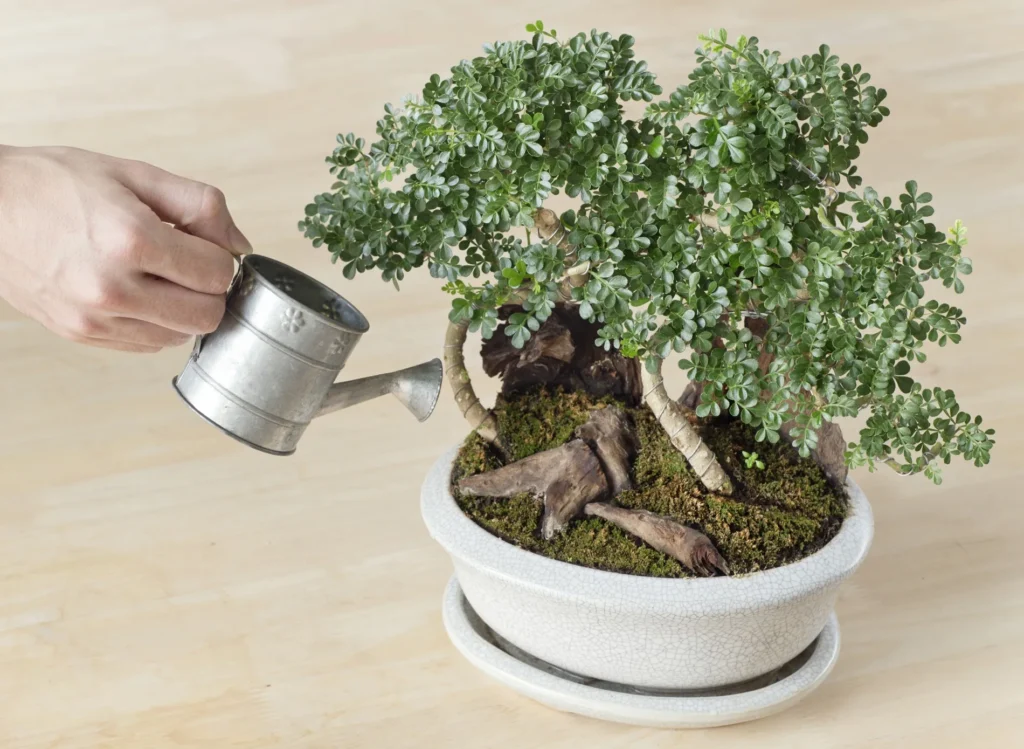
Caring for a bonsai tree is a perfect balance of providing the right conditions for growth. Watering is an important aspect of this process. It’s important to give your bonsai tree just enough water to keep the soil consistently moist but not soggy.
Watering frequency varies depending on factors like climate, tree species, and pot size. Fertilizing is another essential element of bonsai care. A balanced, specially formulated fertilizer designed for bonsai trees provides the necessary nutrients for healthy growth.
Bonsai Growth Duration
The growth of a bonsai tree from a humble sapling to a masterpiece is proof of the rewards of patience and dedication. The growth duration of a bonsai depends on various factors, including the tree species and the desired size of the final creation.
Typically, it takes between five to ten years for a bonsai to mature into a well-formed tree. Throughout this growth period, the bonsai undergoes a series of changing stages.
Starting with a Bonsai
For those eager to want to experience the beauty of bonsai without the wait, starting with a partially grown bonsai can be an exciting option. These bonsai trees are typically around 4-7 years old, providing a head start in the cultivation process.
When caring for an existing bonsai tree, focusing on root pruning is particularly important. By tending to the roots, you’re ensuring that the bonsai receives the necessary nutrients for trunk development and the nourishment required for healthy, thick branches.
Speeding Up Bonsai Growth
While there’s no magic formula for instant bonsai growth, there are strategies to encourage a faster pace. Choosing a bonsai species known for its quicker growth, such as the weeping willow, can accelerate the process.
These species exhibit a natural tendency for swifter development, allowing fans to witness progress at an accelerated rate. Consistent watering is another key element in expediting bonsai growth. Ensuring that the tree receives regular and adequate hydration supports its overall health and vitality. It’s similar to providing the necessary fuel for the bonsai’s growth engine.
Conclusion
Growing bonsai trees takes time and patience. It is similar to watching a small plant become a beautiful work of art. On average, it can take between five to ten years for a bonsai to grow into a fully-formed tree.
That’s a bit of a wait, but it’s all part of the bonsai growth. Each year brings new branches and leaves, and the tree takes on a more defined shape. It is the same as seeing the growth of awesome plants.
Taking care of your bonsai is also important. So, while it takes time, growing bonsai trees is a rewarding experience. Just be patient, take good care of your bonsai, and enjoy the process of its growth.

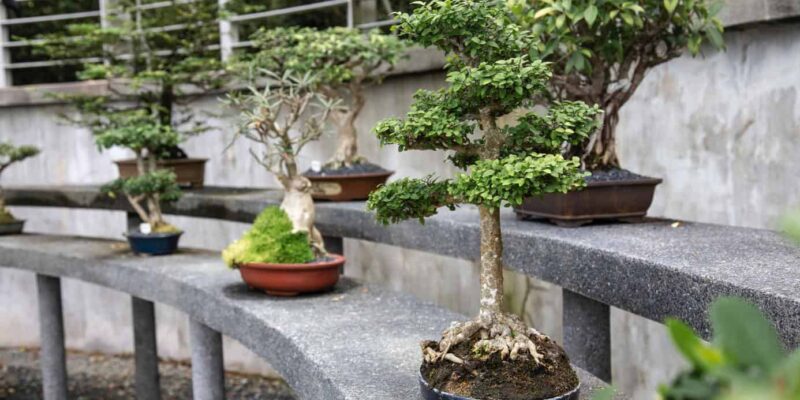
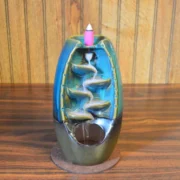
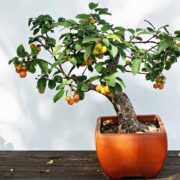


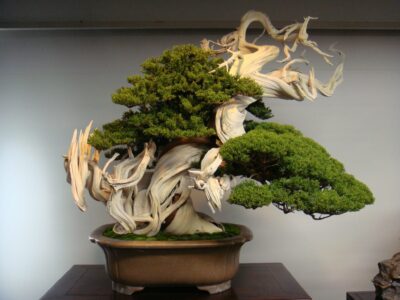
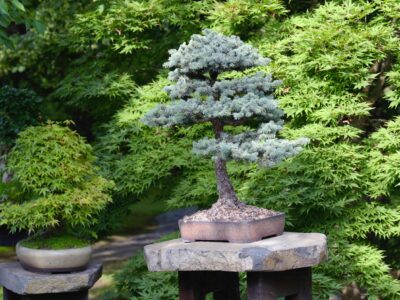
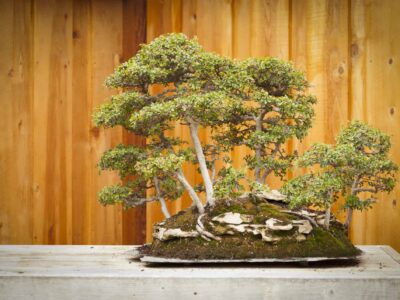
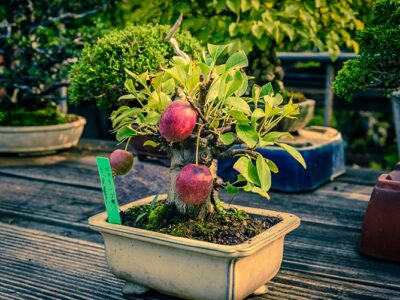

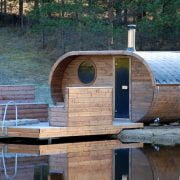

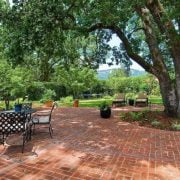
Comments